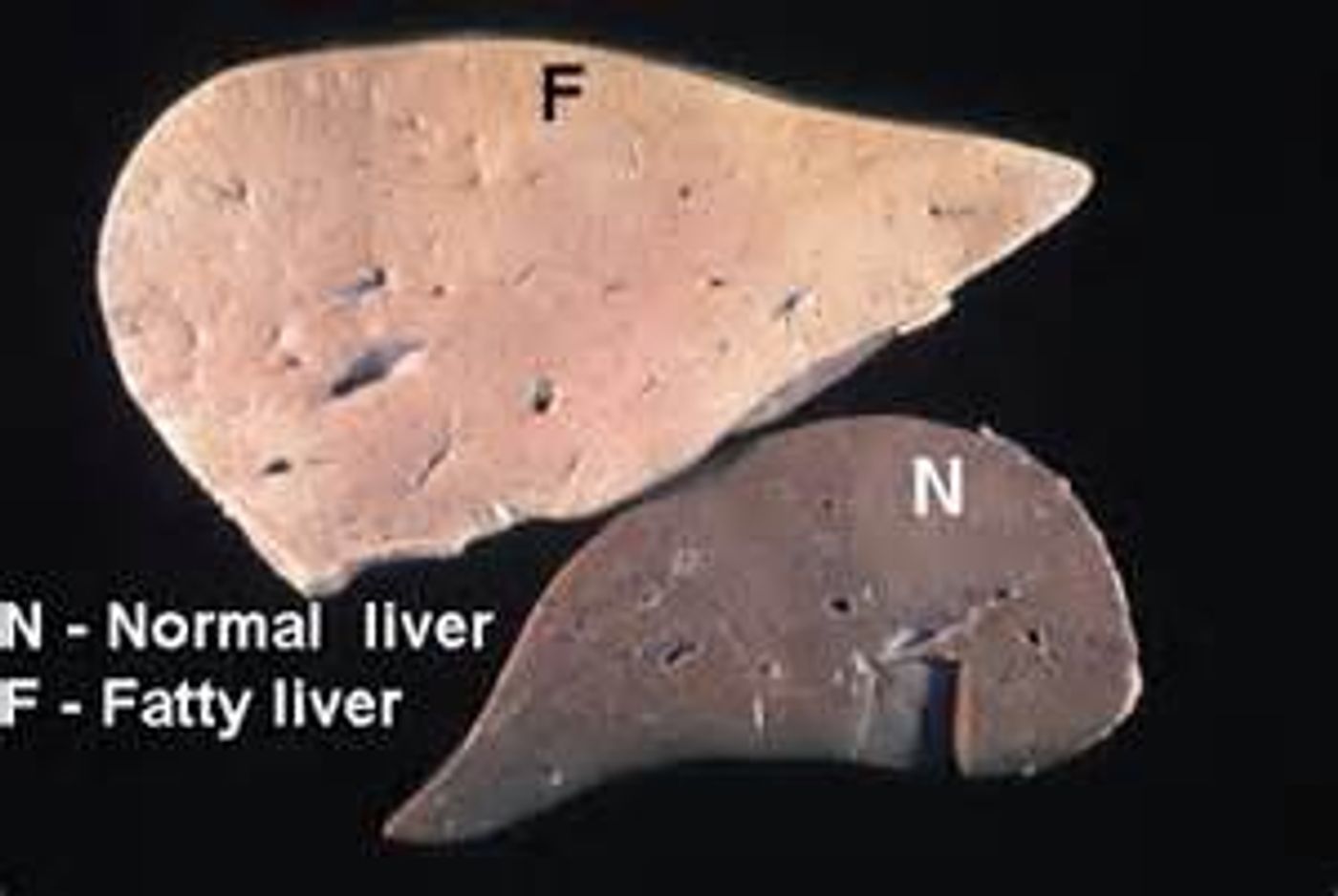Improving Health in Obese and Diabetic Patients Using Protein Silencing
Obesity is a common epidemic worldwide, but scientists are now bringing to light an associated health issue, fatty liver disease. It is a growing problem around the world, especially in Western regions where obesity is the most prevalent. Fatty liver disease is one of the most common forms of chronic liver disease, affecting 80 to 100 million people.
One of the liver’s primary functions is to help digest lipids and regulate blood levels of sugars, protein and fat. When a healthy liver becomes fatty, it cannot perform these tasks efficiently. Instead of working to dispose of fat molecules, a fatty liver does the opposite and accumulates fat. The condition is linked to other metabolic syndromes, including increased abdominal fat, insulin resistance, high blood pressure and high triglyceride blood levels.
Angel Baldan, associate professor of biochemistry and molecular biology at Saint Louis University, and members of his lab research lipid metabolism and recently examined how lipids are metabolized in both the liver and fat tissue in mouse models. In their study, published in the Journal of Lipid Research, the group was able to improve blood sugar levels and reduce body fat by silencing a fat specific protein found in liver and adipose tissue.
“Obesity and fatty liver disease are intimately connected and pose a severe public health burden, given their high and growing prevalence in both adults and children,” Baldan said. “The toolbox to manage patients with a fatty liver is scarce, beyond lifestyle modifications, appetite suppressant drugs and major surgical procedures. Better medical interventions are sorely needed for these patients.”
In order to combat fat storage in the liver, Baldan focused on proteins that regulate lipid droplet metabolism. Lipid droplets accumulate in liver cells, and are controlled by proteins that decide whether they are stored in or leave the cell. FSP27 is one such protein, a lipid droplet-associated protein that prevents lipid mobilization and promotes lipid storage within a liver cell.
FSP27 is not present in healthy liver cells. However, it becomes abundant in the livers of people who consume high fat diets and is directly associated with the accumulation of triglycerides in the liver. In 2015, Baldan’s lab discovered that FSP27 is actually necessary for the accumulation of triglycerides in the liver.
The team experimented with two mouse models, one that consumed a high fat diet that results in obesity, high blood sugar and fatty liver disease, and one that was genetically modified to have the same issues. Baldan then treated both groups of mice with or without antisense oligonucleotides to silence FSP27.
By silencing FSP27 in both models, the team observed a similar outcome: decreased visceral fat, increased insulin sensitivity in fatty tissue and in the liver, and improved whole-body glycemic control. While there was an overall improvement in health and liver function, they did not observe a marked decrease in triglyceride accumulation in the liver. Since FSP27 is necessary for lipid molecule accumulation, there might possibly be a separate mobilization protein without which the lipid molecules still appear to be stuck within the liver.
Next steps are to investigate a way to use silenced FSP27 to also reduce lipid accumulation within the liver. Even without significantly improving fatty liver disease itself, the treatment could be used to improve the overall health of obese and diabetic patients.
Sources: SLU News, Journal of Lipid Research









